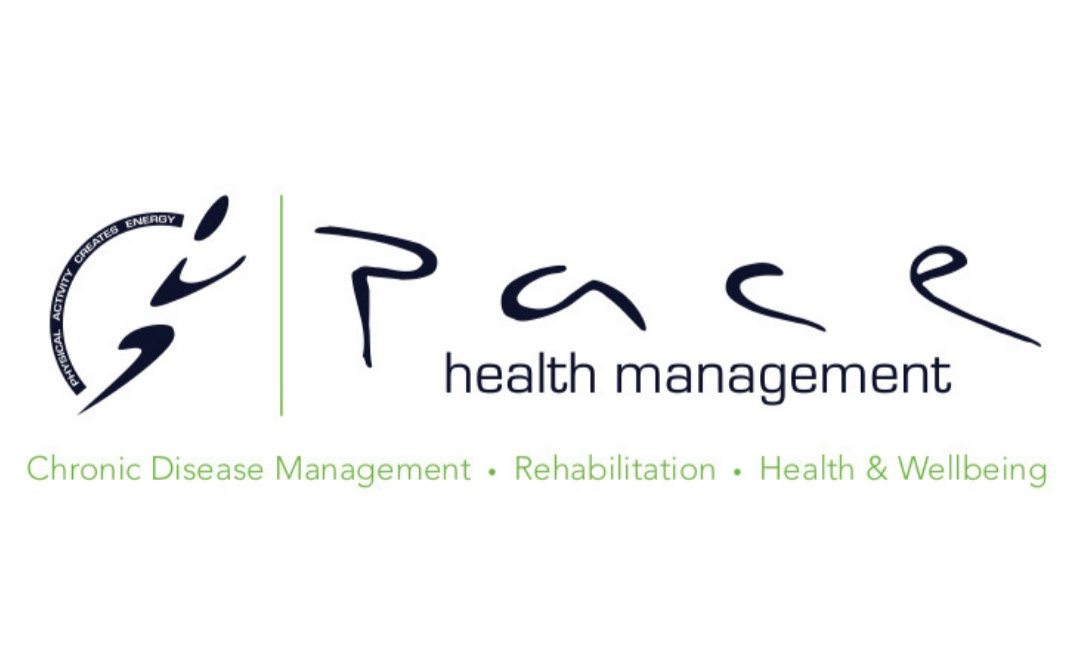Exercise and how it can support Cerebal Palsy
What is Cerebral Palsy?
Cerebral palsy is a group of permanent non-progressive physical disabilities that impact on an individual’s movement, balance, and posture. This is often accompanied by cognitive and sensory impairments. Cerebral palsy is congenital, meaning it arises as an abnormality in the brain during its initial development. There is a wide variation in the symptoms and impairments of people with cerebral palsy.
It can effect all limbs (bilateral quadriplegia), two limbs on opposite sides (bilateral diplegia) or two limbs on the same side (unilateral hemiplegia).
Extremely stiff and tight muscles, also known as spasticity is evident in 70-80% of people with cerebral pasly. Spasticity can make movements such as walking, talking, eating, dressing and writing immensely challenging, meaning assistance is often required for these tasks.
How can exercise help?
Exercise Physiologists use exercise interventions to maximise the potential function and quality of life of people with cerebral palsy. Understanding the unique needs and goals of each individual, exercise physiologists work to promote independence, reduce pain, reduce injury risk and develop creative ways to remain active.
Exercise Physiologists will consider your unique symptoms, needs, goals and medical history before starting an exercise program. This will ensure the program created is safe to perform and tailored to your abilities.
What should you be aware of before exercising?
Understanding the effects of medications during exercise is important for those with cerebral palsy. For example, anti-seizure medications such as Phenobarbital can cause dizziness and low blood pressure.
Therefore, it is important that exercises are performed in a safe environment where fall risk can be minimised. It is also recommended that exercises are performed with a partner where possible. Exercise physiologists can provide education on the safest and most effective exercises that are suitable to your needs.
Not sure where to start?
Thinking about starting is the first step in the journey towards maximising your potential health. Exercise interventions can provide significant health benefits to all populations, inclusive of cerebral palsy.
We understand the unique challenges you may face when trying to complete exercise and will be here every step of the way to support you and help you achieve your goals. If you’d like to know more on how we can support you - get in touch today!
Stories from the PACE Community
How has working with a PACE Exercise Physiologist benefited you?
"It gives me a positive mindset and I feel healthier for it."
What improvements do you notice in your every day life?
"It gives me the motivation to get more out of my day and do more outside of the box thinking, with things I can do."
What tips would you give to someone who is living with CP and thinking about starting an exercise program?
"I think it's a great thing to start if you wanted to focus on something particular or if you just want to feel better in yourself the path ways are endless always just remember baby steps it not a race it takes time."
Stories from the PACE Community
How has working with a PACE Exercise Physiologist benefited you?
"I feel a lot stronger in my upper and lower body. I'm also a lot more confident in my balance and don't have as many falls as I used to".
What improvements do you notice in your every day life?
"It's helped improve my independence with doing chores around the house and getting myself ready for the day."
What tips would you give to someone who is living with CP and thinking about starting an exercise program?
"Get started! It will help to change your life. It's given me a new lease on life and I feel a lot better for it".
Stories from the PACE Community
How has working with a PACE Exercise Physiologist benefited you?
”I’m able to push myself in a safe environment and learn how to better control my body. I feel stronger and more independent.”
What improvements do you notice in your every day life?
“I feel less pain and stiffness and moving has become easier, especially walking up and down stairs. My mood and concentration also improves after exercise.”
What tips would you give to someone who is living with CP and thinking about starting an exercise program?
”Just give it a go. Start with something you feel comfortable with and build up from there. Notice how life becomes more positive.”



